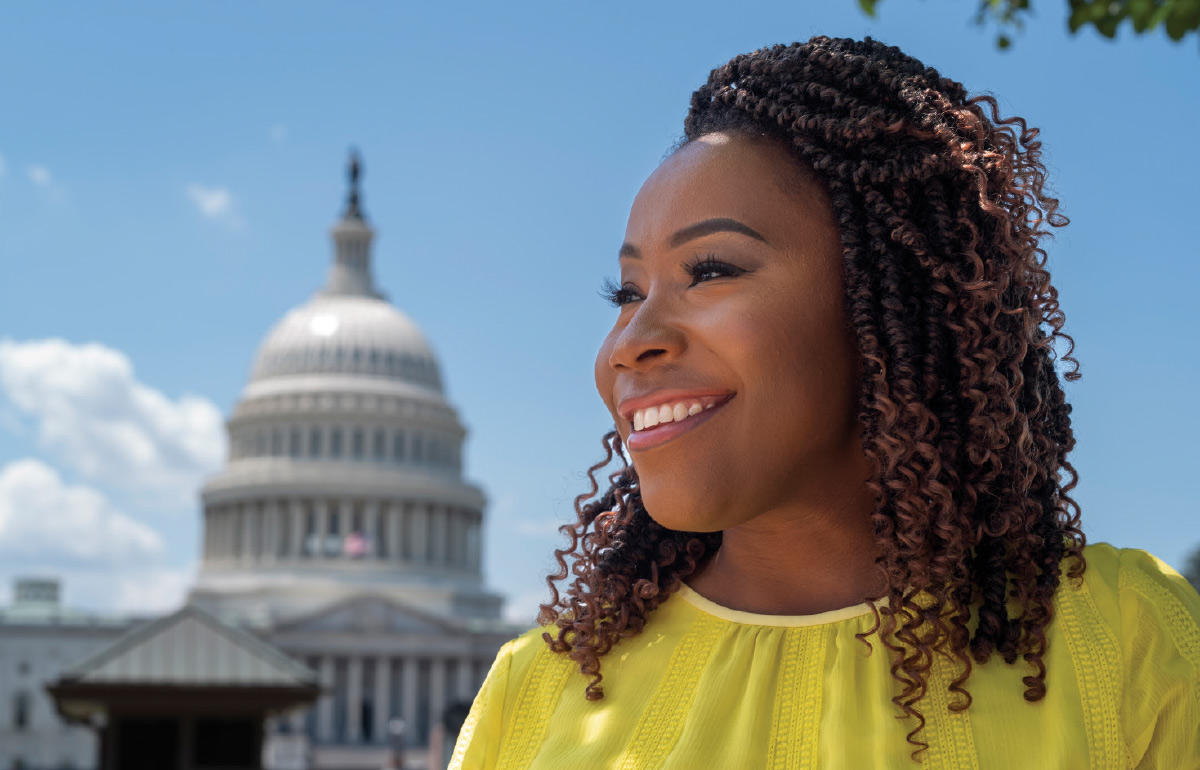Yifan Ping ’21
Helene Silverblatt ’70
Illustration by Denis Freitas
dialogue
The Fragile Nature of Truth
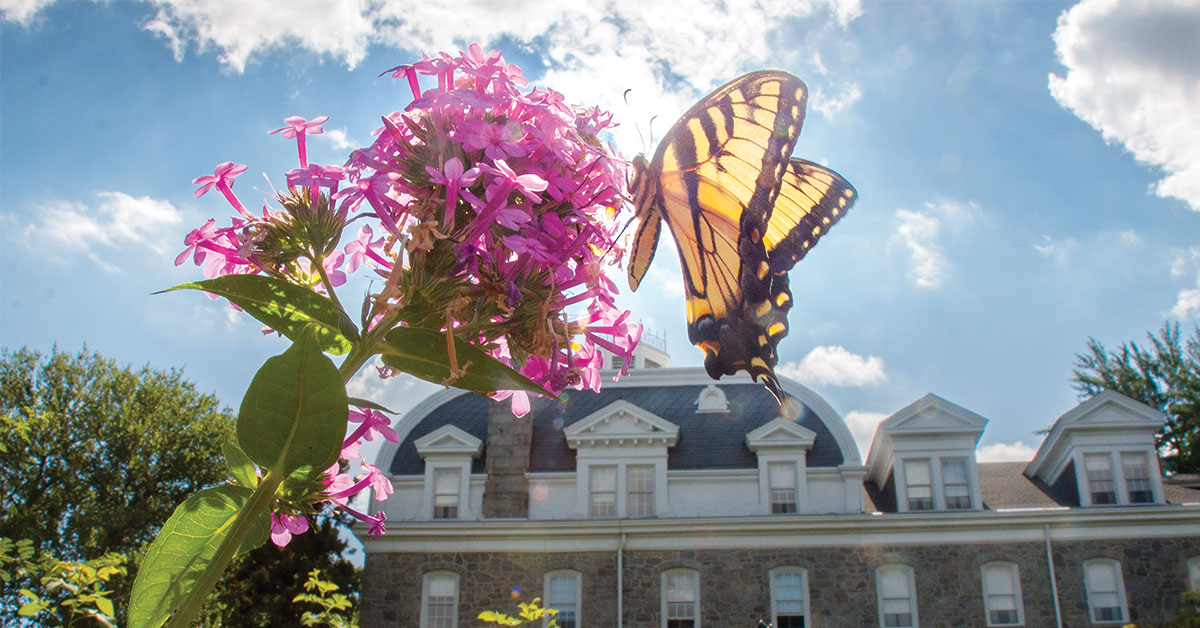
campbell
campbell
WHAT WE SEE is real. Isn’t it? Truth is malleable, though. It can seem fleeting, fragile, impermanent. Much like the butterflies on the cover, we’re intricate creatures too. We absorb powerful channels of curated information that chop away at what binds us as a society. Swarthmore’s alumni and faculty help to “share our location,” exploring the growing power of miscommunication and misinformation. In “Moments of Truth” on pg. 20, Brendan Nyhan ’00 and Brandon Silverman ’02 explain the need for greater transparency from tech companies. Their efforts help to untangle what’s below the glittering networks of persuasion, influence, and propaganda that have seeped into every recess of our lives. “Firebrand” on pg. 29 shares the history of College founder Lucretia Coffin Mott, who spoke confidently about truth and for the rights of others more than 150 years ago. While the U.S. government sanctioned slavery, Mott advocated for emancipation. Though women were not permitted to vote, she spoke eloquently for their right to do so. Mott died before all of her visions were realized. Jamie Stiehm ’82 tells us why it matters that she fought so valiantly anyway. Mott’s lessons in tenacity could be a balm for the country’s current charged mindset and an inspiration to continue speaking out against social injustice. In “Starstruck” on pg. 40, journalist Joshua Sokol ’11 had the exceptional opportunity of witnessing the selection process of which images taken by the James Webb Space Telescope were shared with the waiting world. Writing about it “felt like a culmination of things I had done throughout my life,” says Sokol. And to begin and end with butterflies, in “Secrets of the Butterfly Hunter” on pg. 44, Zhengyang Wang ’14 takes us on a mountainous trek exploring the habitat of the endangered Teinopalpus aureus. His conservation work is a reminder that within every beat of a butterfly’s wings, mysteries of the many ways we are connected wait to be unlocked.
swarthmore college bulletin
Editor
Kate Campbell
Senior Editor
Ryan Dougherty
Staff Writer
Roy Greim ’14
Editorial Specialist
Nia King
Class Notes Editor
Heidi Hormel
Designer
Phillip Stern ’84
Photographer
Laurence Kesterson
Administrative Coordinator
Lauren McAloon
Editor Emerita
Maralyn Orbison Gillespie ’49
swarthmore.edu/bulletin
Email: bulletin@swarthmore.edu
Telephone: 610-328-8533
We welcome letters on articles covered in the magazine. We reserve the right to edit letters for length, clarity, and style. Views expressed in this magazine do not necessarily reflect the opinions of the editors or the official views or policies of the College. Read the full letters policy at swarthmore.edu/bulletin.
Send letters and story ideas to
bulletin@swarthmore.edu
Send address changes to
records@swarthmore.edu
The Swarthmore College Bulletin (ISSN 0888-2126), of which this is volume CXXI, number 3, is published in October, January, and May by Swarthmore College, 500 College Ave., Swarthmore, PA 19081-1390. Periodicals postage paid at Philadelphia, PA, and additional mailing offices. Permit No. 0530-620. Postmaster: Send address changes to Alumni Records, 500 College Ave., Swarthmore, PA 19081-1390.
Printed with agri-based inks.
Please recycle after reading.
©2022 Swarthmore College.
Printed in USA.

dialogue
On Our Radar
SO GOOD TO BE BACK
— BRUCE WEINSTEIN ’82, New York, N.Y.
DEEPLY LOVED
My husband Samuel Edwin Woffindin had the privilege of attending Swarthmore for a short period of time after he enlisted in the Navy during WWII. He was awaiting a space in Midshipman’s School at Ithaca, N.Y., as were many other young men at the time. He served on the Lavaca, an attack transport ship, in the Pacific theatre until the war ended.
Sam loved his brief encounter with Swarthmore and spoke many times of how it impacted his life. He passed away peacefully on December 20, 2021, just 10 days shy of his 99th birthday. He was deeply loved!
Best wishes for continued success with your fine institution!
— ANN MARIE S.WOFFINDIN, Asheville, N.C.
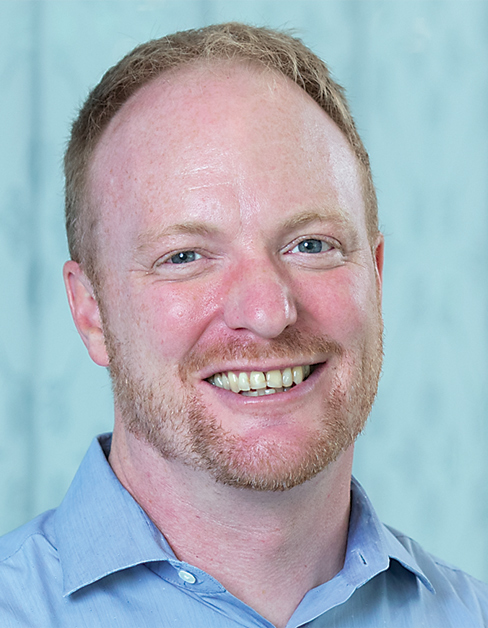
SPEAKING UP FOR DEMOCRACY
dialogue
studentwise: Wind Wins
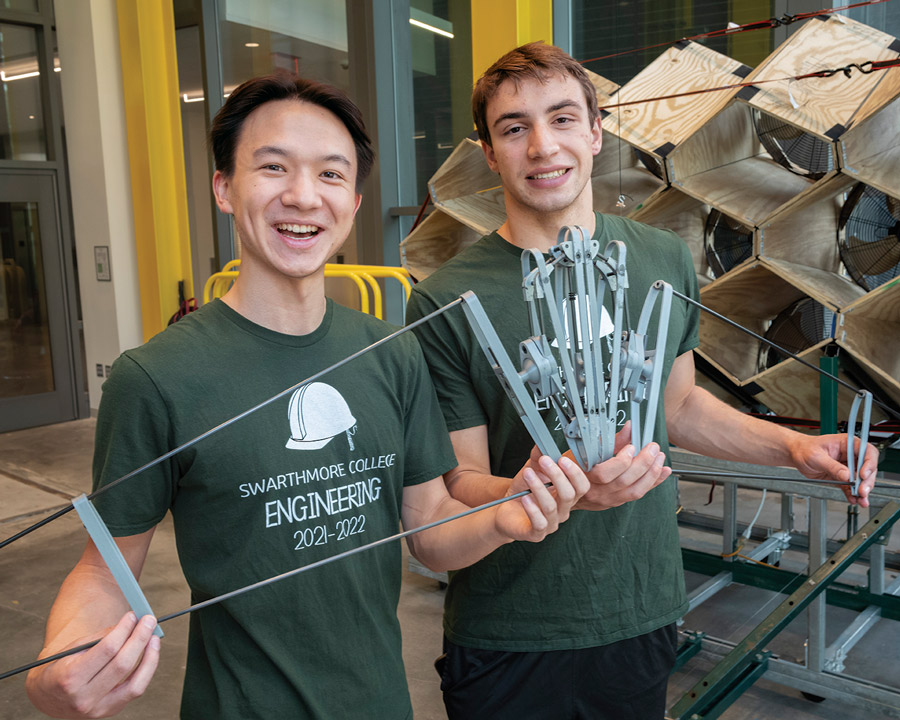
studentwise: Wind Wins

HOT TYPE: New releases by Swarthmoreans
John C. Pollock ’64 and Douglas A. Vakoch
COVID-19 in International Media: Global Pandemic Perspectives
Routledge
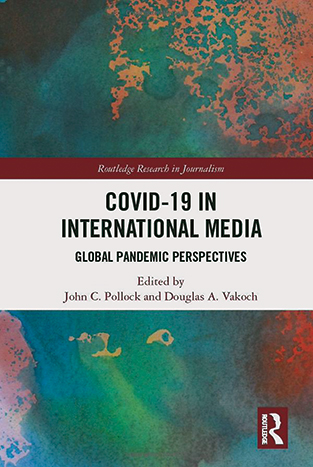
Julie Phillips ’86
The Baby on the Fire Escape: Creativity, Motherhood, and the Mind-Baby Problem
W. W. Norton & Company, Inc.
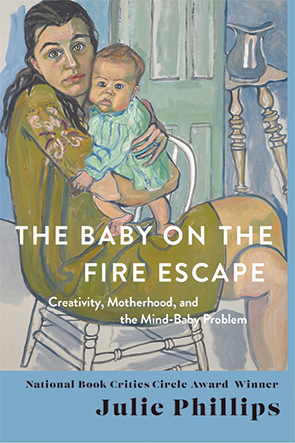
Running for the Future
My experience was kind of the opposite.
I had no idea that I might be something other than cisgender until my junior year at Swarthmore. Even then, when I found out that I enjoyed painting my nails and wearing feminine clothing, I was still convinced for a while that I was a man. But by the spring of that year, I realized that these things, rather than just being fun, artistic activities, were outlets for expressing who I truly was.
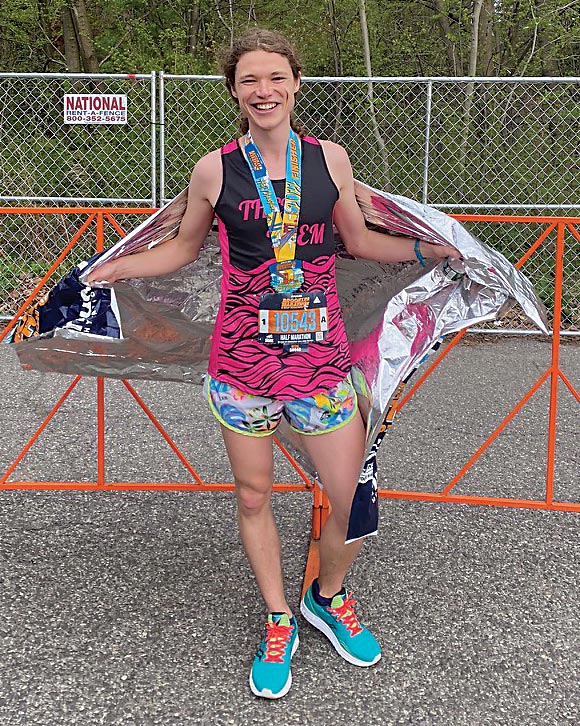
common good
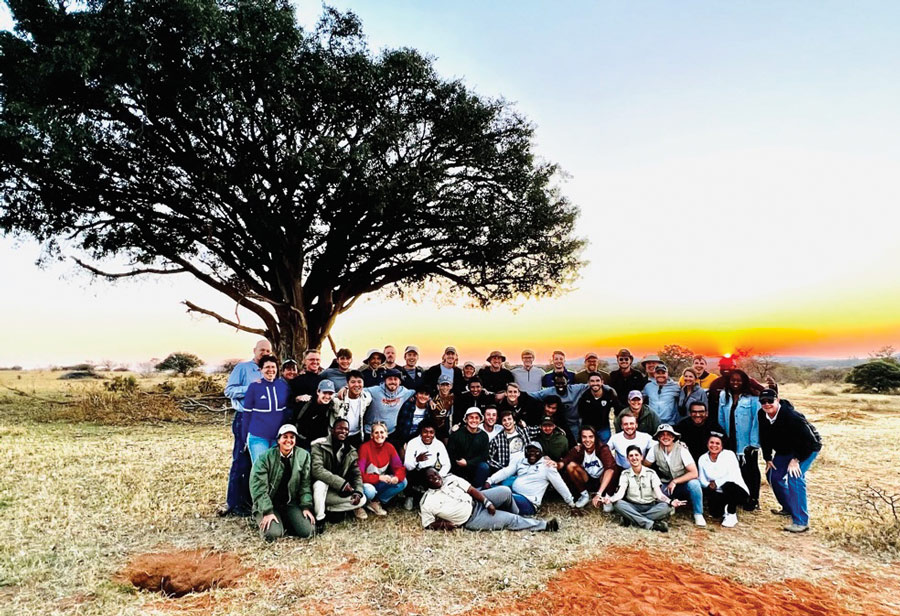
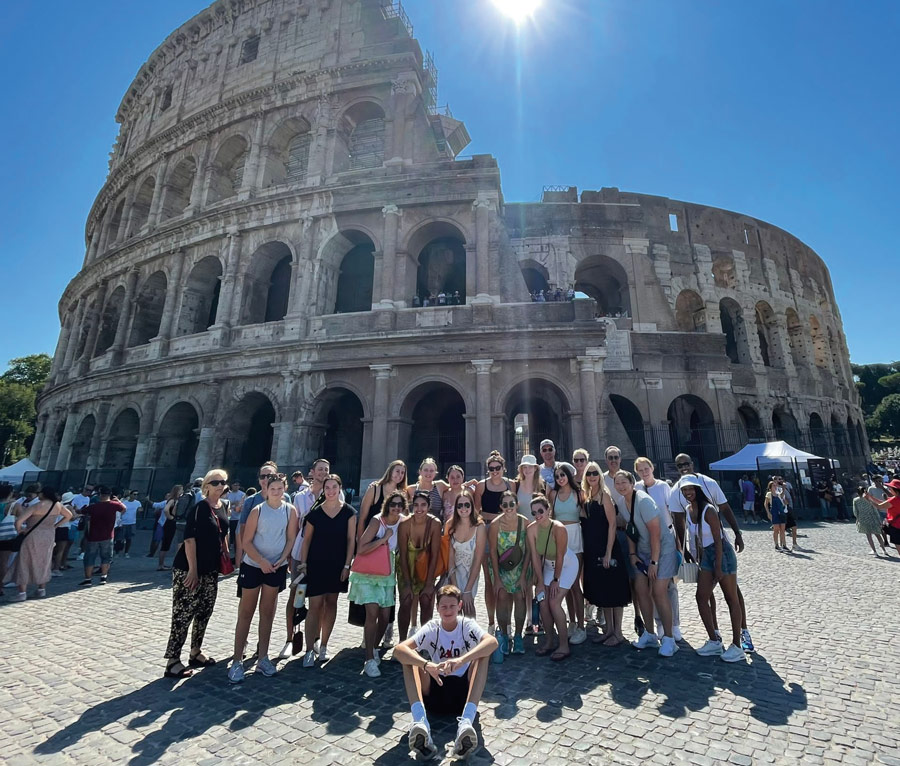
Far Afield
“Perhaps the most rewarding experience of the entire journey through South Africa was the youth soccer clinic we put on in the Johannesburg-area township of Mamelodi,” says Eric Wagner, men’s soccer head coach. In addition to playing three matches, Garnet soccer student-athletes immersed themselves in the country’s racial, cultural, and political histories.
For the second international team trip in program history, the volleyball team spent 11 days in Italy.
The Garnet faced top-notch European competition and saw the sites in Rome, Grosseto, Florence, and Venice before finishing the trip in Milan.
“These trips are where bonds are really formed,” says Harleigh Chwastyk, head volleyball coach. “When you step on the court together, there is an elevated level of trust knowing that the teammate or coach next to you has the same goals, will be there to pick you up when you fall, and cheer with you in victory.”
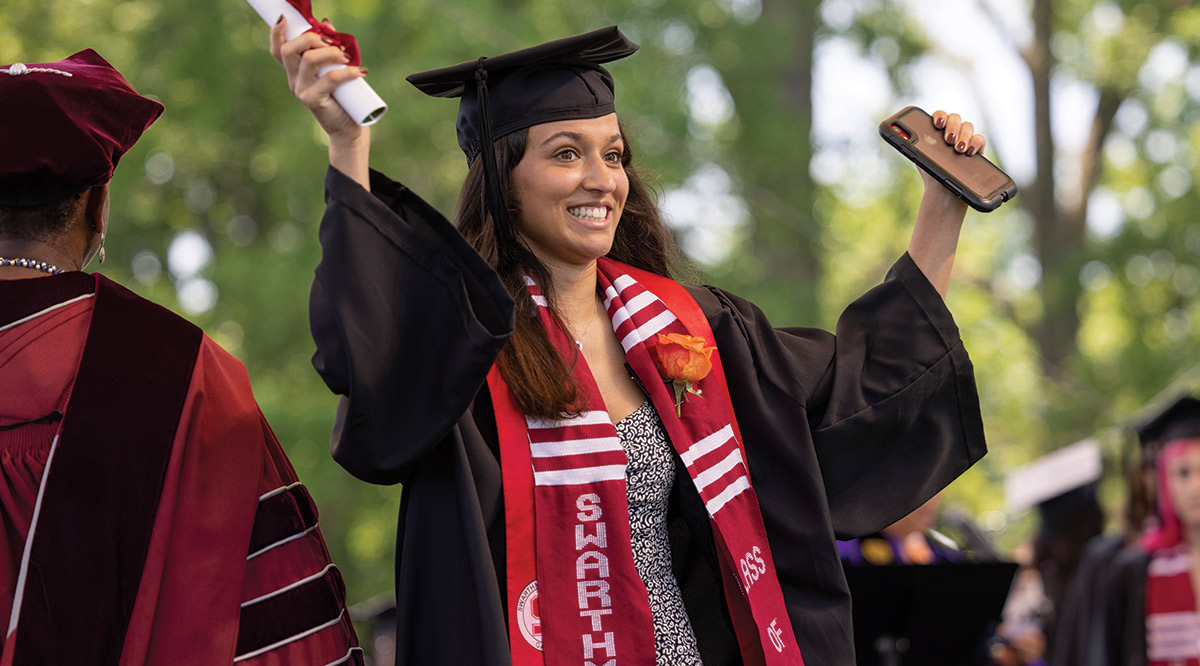
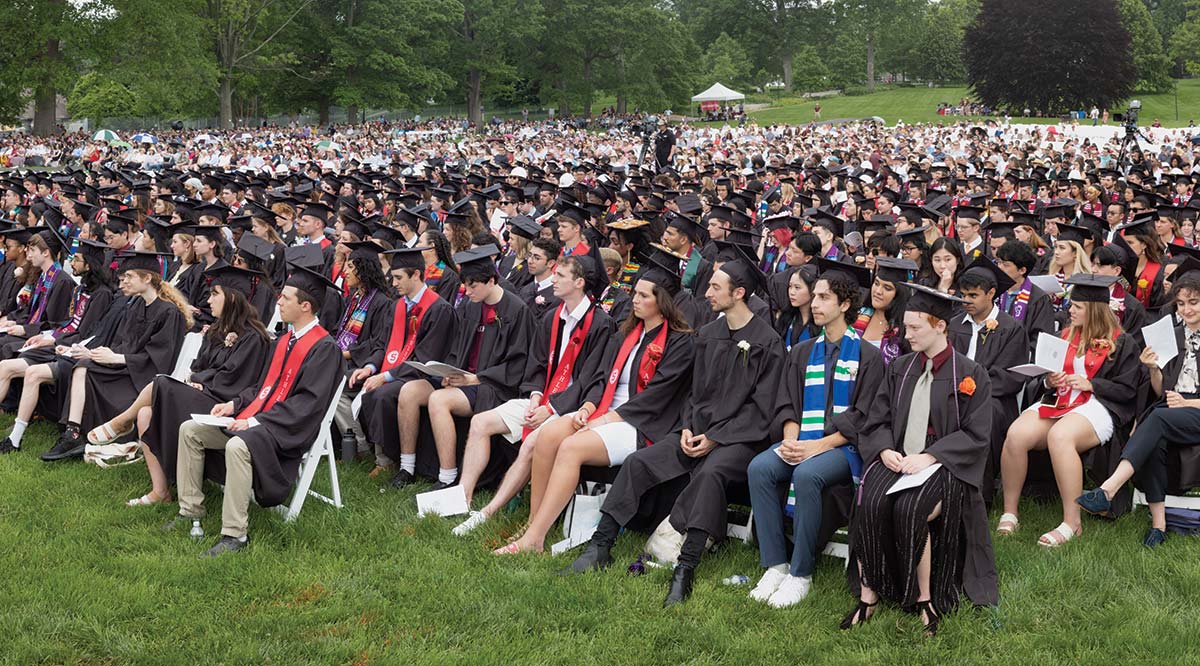

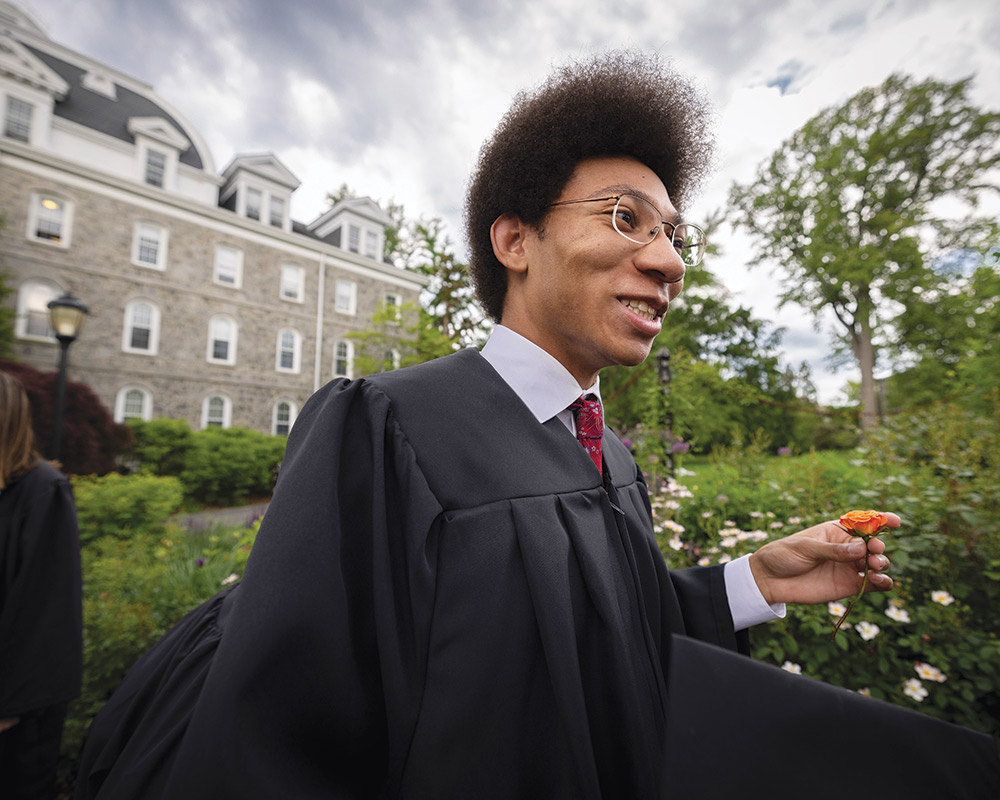
Under Brightening Skies
The concept of “liquid time,” invoked by President Valerie Smith and recalled by other speakers at Commencement, captured the essence of the May celebration.
“During the past couple of years, we’ve noticed the way our sense of time and the illusion of its linearity depend upon rituals, whether personal, familial, or institutional,” Smith said. “When those are suddenly snatched away from us, they upend our sense of temporality and plunge us into ‘liquid time.’”
On Time for Life
found it difficult keeping track of time in the early days of the pandemic. Eventually, I fell into a daily ritual where I’d write the day of the week on a dry-erase board on the refrigerator and draw a line through yesterday’s date on a wall calendar. And yet, my mind continued to insist it was the month of April, even as the calendar clearly read November 2020.

One Swarthmore
ollowing a two-year hiatus due to the pandemic, alumni, families, and friends returned to campus May 26-29 for Alumni Weekend 2022. This year’s gathering was a joyful celebration of “One Swarthmore,” inviting back all alumni to join those celebrating milestone reunions or who missed their on-campus celebrations in 2020 and 2021. More than 1,400 guests accepted the College’s invitation, and members of the classes of 1947 through 2018 marched in the Parade of Classes.
On Friday night, Bob Putnam ’63 H’90 hosted a discussion, “Swarthmore in the Sixties: Comparing Memories,” based on his prize-winning 2020 book, The Upswing: How America Came Together a Century Ago and How We Can Do It Again.
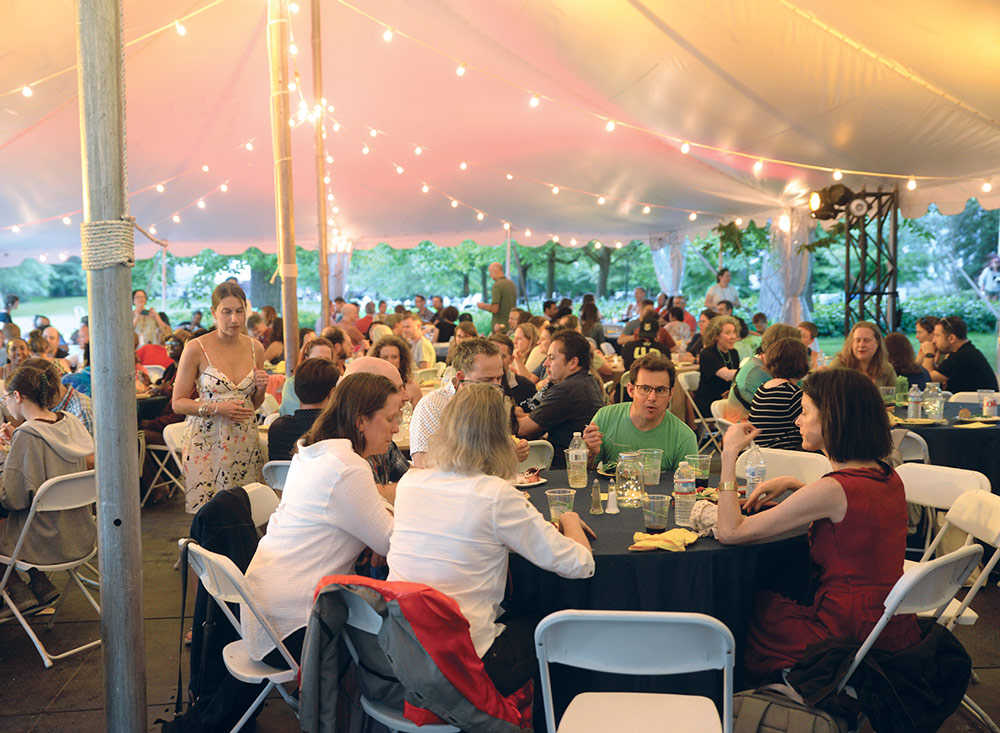
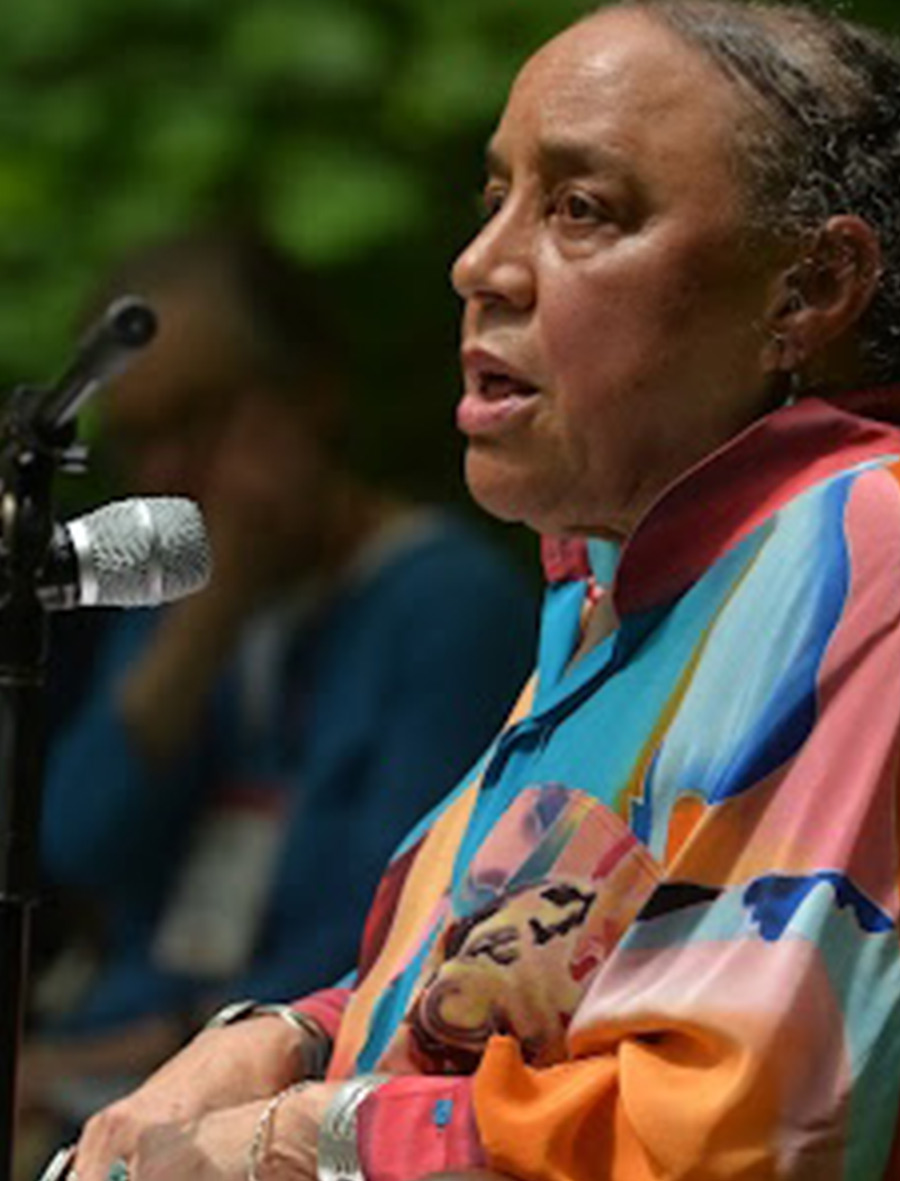

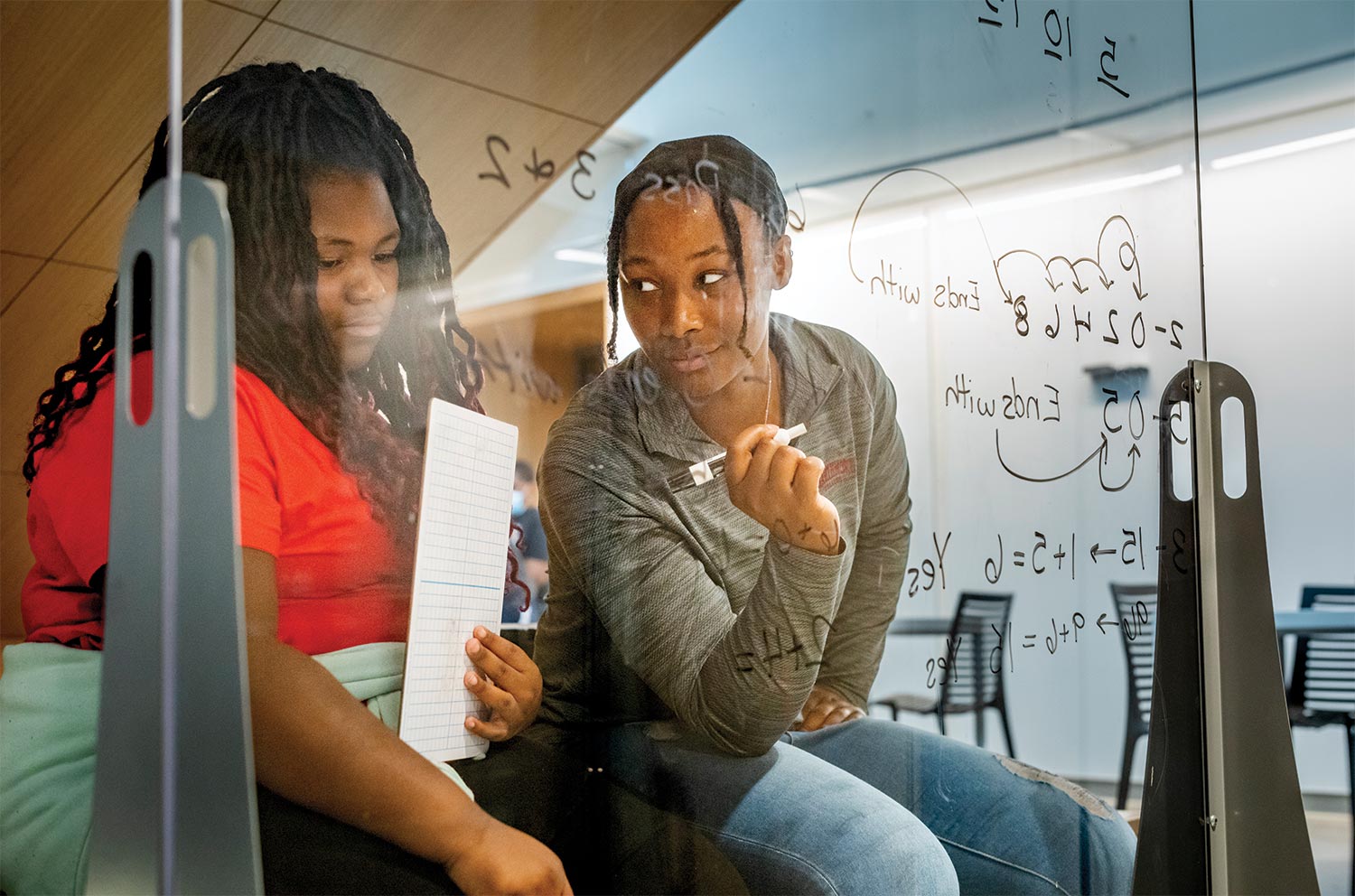
A New Home on Campus
It’s a stately stone-and-wood building on Harvard Avenue with a red awning. The first floor has a math classroom for younger students and a kitchen where cooking classes are held. On the second, there’s a piano, whiteboards, and a large seating area for rehearsals. Off to the side, there are tables where, after lunch, summer campers enjoyed one-on-one reading opportunities with volunteer adult readers, including Swarthmore staff.
“This is the first time we’ve had our own building on campus. For us, it’s a game-changer,” says Chester Children’s Chorus Managing and Education Director Dana Semos.
getting the scoop
Talking Politics
WHEN EVA MCKEND ’11 pushed her way through a throng of reporters at a news conference in 2019 to get closer to then-Senate Majority Leader Mitch McConnell, she had one pressing question: Where did he stand on reparations for Black Americans?
McConnell responded that he opposed them, offering his first public remarks on the issue. His answer to McKend, a novice congressional correspondent for a regional cable news network, went viral. It happened at a time when talk of reparations had risen from advocacy among its proponents to a House subcommittee hearing in Congress.
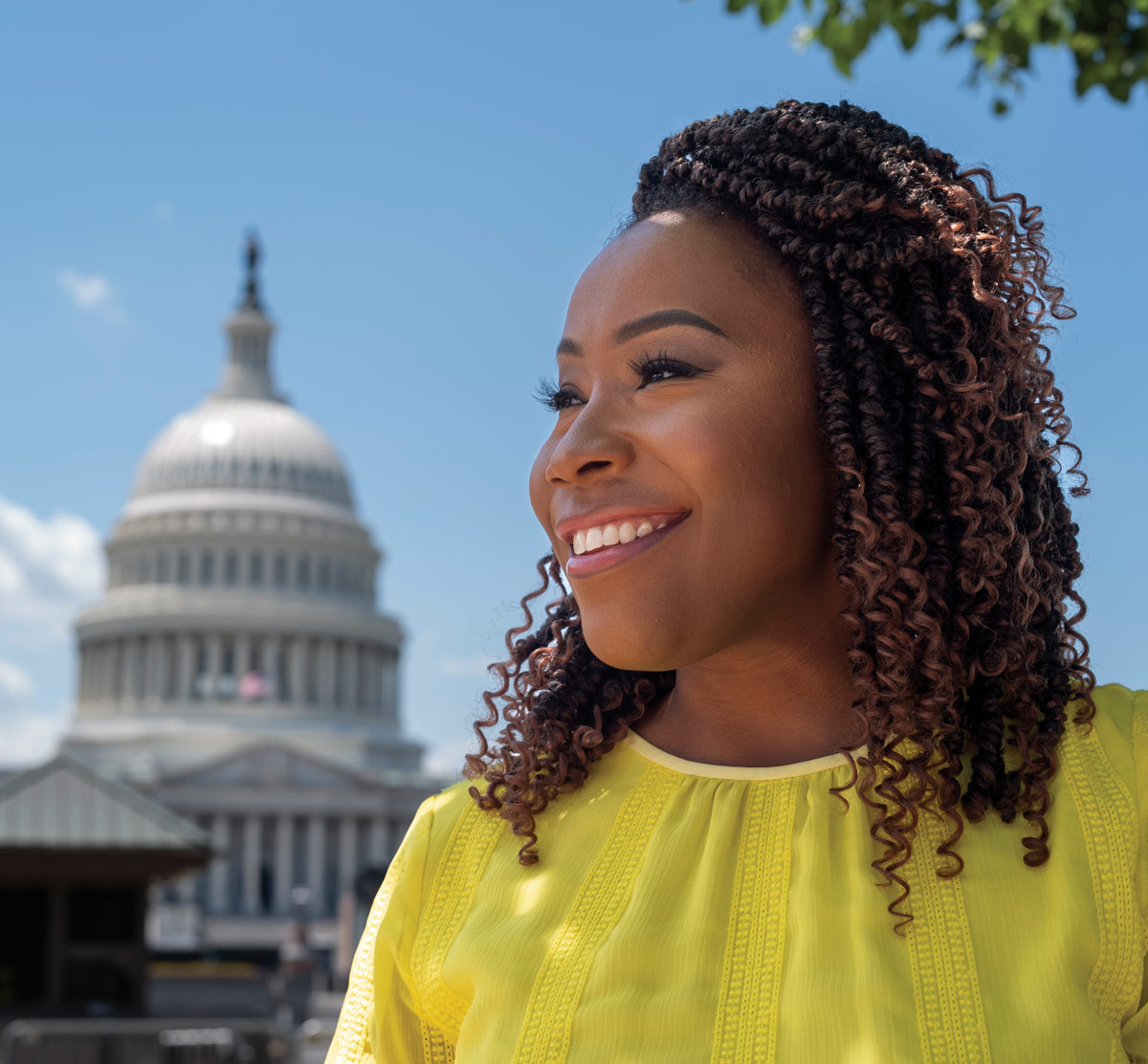
LAURENCE KESTERSON

getting the scoop
Talking Politics
McConnell responded that he opposed them, offering his first public remarks on the issue. His answer to McKend, a novice congressional correspondent for a regional cable news network, went viral. It happened at a time when talk of reparations had risen from advocacy among its proponents to a House subcommittee hearing in Congress.
“That was a really exciting moment,” says McKend, who today is a national politics reporter at CNN, where she covers a variety of stories, including campaigns and elections. Her reporting and analysis is regularly featured on CNN, and she also appears on PBS’s Washington Week and WAMU/NPR’s 1A news program.
common good
shedding light
Degrees of Separation
IN WHAT SENSE CAN international students go home again? Yifan Ping ’21 is combining intellectual curiosity and compassion with ethnographic methods to shed new light on the personal and global impacts of educational migration.
“Every day I spend with my interlocutors, new data emerges and shapes my research,” says the University of Oxford Weidenfeld-Hoffmann Scholar. Ping, who uses the pronoun they, graduated from Swarthmore with a major in sociology & anthropology and minors in educational studies and Japanese.
Ping has spent the past year digging deeper into questions they first formulated for their Swarthmore senior thesis, which examined the experiences of high-achieving middle-class Chinese students studying for the GRE in the U.S. Many of them, Ping found, saw little value in American educational practices.
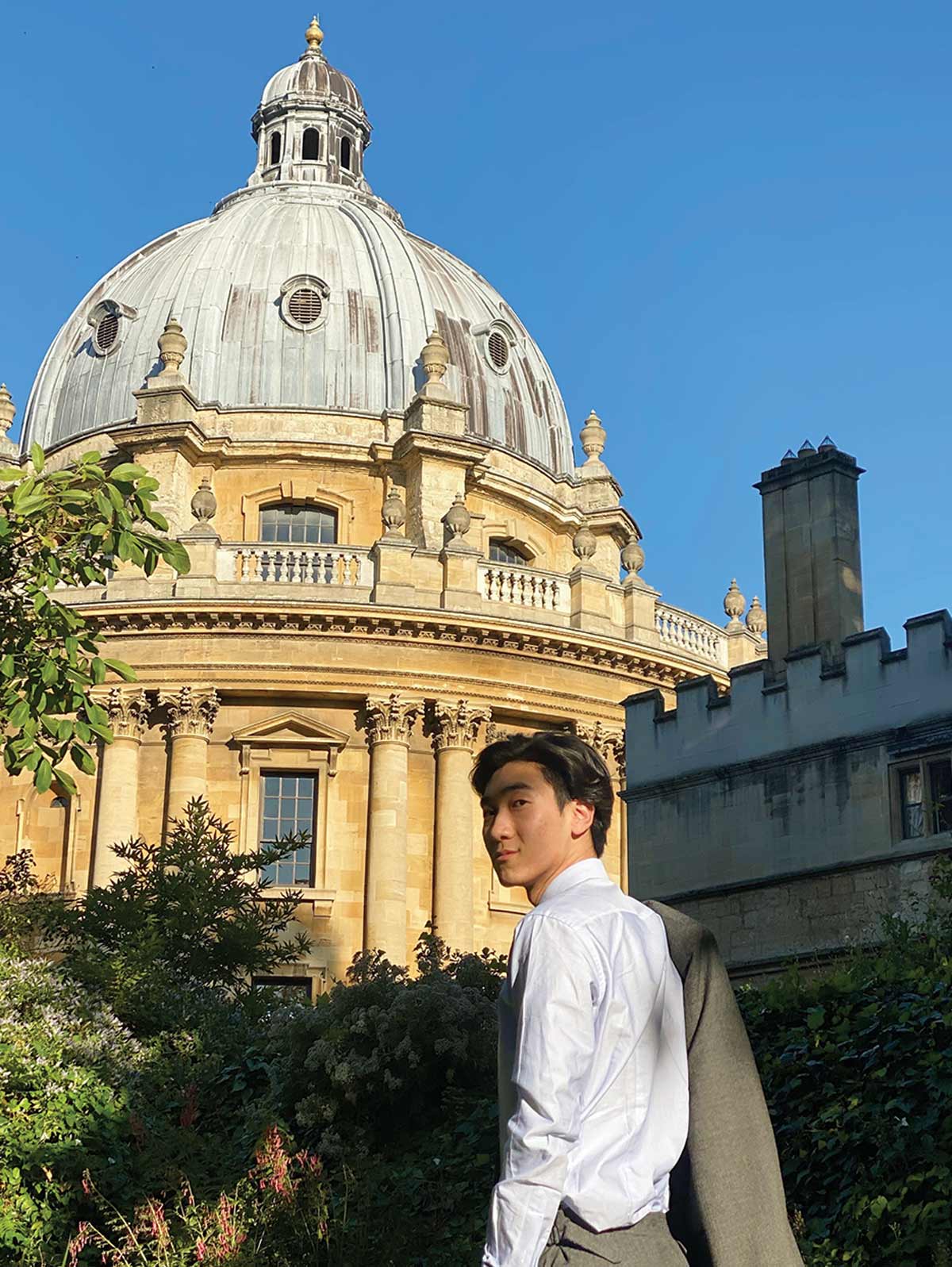

Degrees of Separation
IN WHAT SENSE CAN international students go home again? Yifan Ping ’21 is combining intellectual curiosity and compassion with ethnographic methods to shed new light on the personal and global impacts of educational migration.
“Every day I spend with my interlocutors, new data emerges and shapes my research,” says the University of Oxford Weidenfeld-Hoffmann Scholar. Ping, who uses the pronoun they, graduated from Swarthmore with a major in sociology & anthropology and minors in educational studies and Japanese.
Ping has spent the past year digging deeper into questions they first formulated for their Swarthmore senior thesis, which examined the experiences of high-achieving middle-class Chinese students studying for the GRE in the U.S. Many of them, Ping found, saw little value in American educational practices.
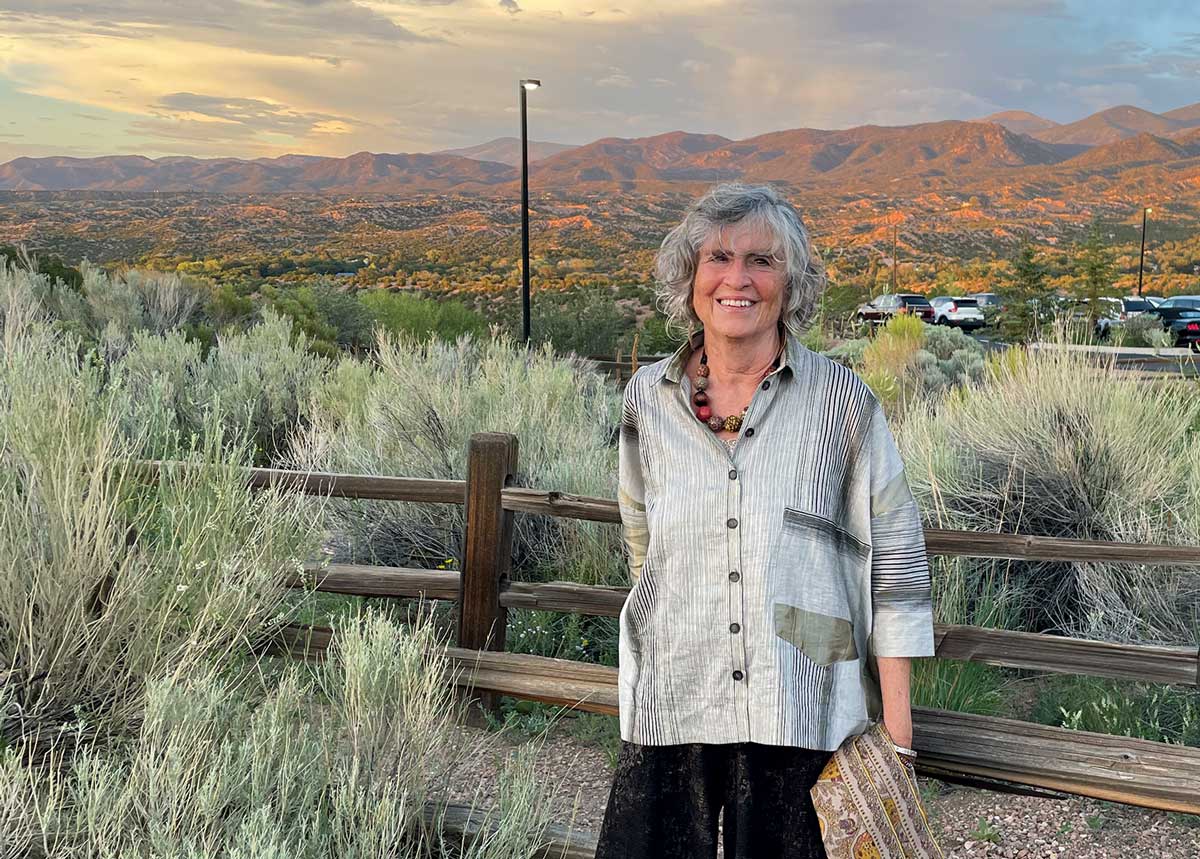
a holistic approach to health care
Helene Silverblatt ’70, a professor of psychiatry and behavioral sciences at the University of New Mexico, looks at health care holistically.
“I’ve had a wide-ranging career — but I always had this aim of linking up all these different aspects of health care,” Silverblatt says. “You can’t take people out of the context of their families, and you can’t take families out of the context of the communities they’re in, and certainly in terms of mental health care, you can’t take that out of the context of state or federal funding.”
At UNM, Silverblatt directs the Office for Community Faculty, working with clinical providers throughout the state who train medical and health professional students. She also serves as director of UNM’s federally funded Area Health Education Center. That organization aims to build a more diverse workforce for New Mexico’s rural and otherwise underserved communities through youth outreach and by facilitating clinical training opportunities in rural areas for health professional students. For more than 25 years, Silverblatt directed UNM’s rural psychiatry residency program, which she co-founded.
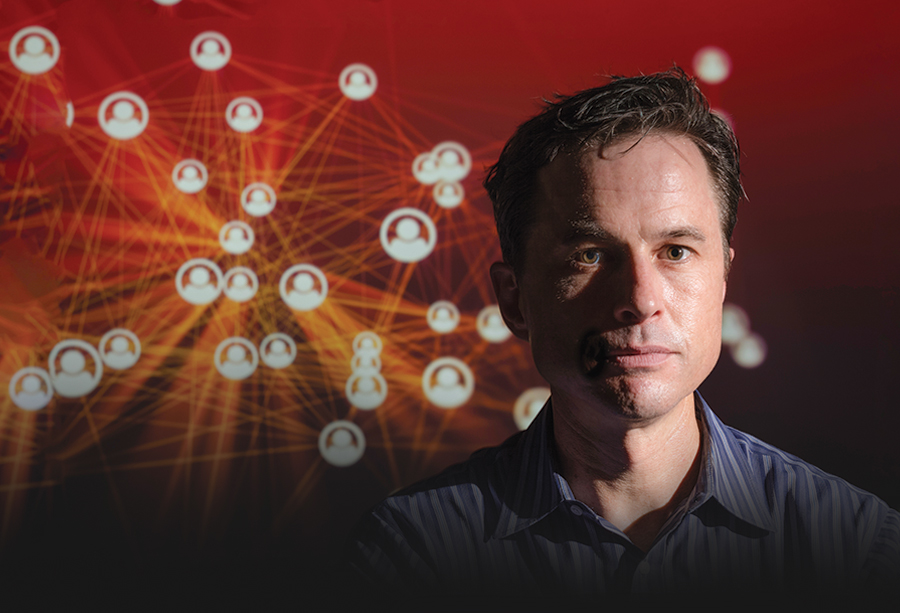
moments
of truth
n 2020, after placing first in a legal writing competition, Alexander “Sasha” Rojavin ’14 reached out to Professor of German and Film & Media Studies Sunka Simon to thank her. Rojavin’s article, which discussed federal counter-disinformation legislation reform, had its genesis in an independent study he took with Simon in 2014. As a film & media studies and theater double major, he was fascinated by propaganda films, and together, they designed a course to examine the intersections between the arts, humanities, and information warfare.
Six years later, the class and Rojavin’s email sparked an idea for Simon: Swarthmore could bring together academics from different disciplines to tackle the multifaceted problem of disinformation.
“In her characteristic, bombastic, take-no-prisoners style, Sunka said, ‘Let’s turn this into a class,’” recalls Rojavin. “I thought that she was joking, but she wasn’t.”
“Woman has long been excluded from the privilege of speaking to the people.”
courtesy of Friends historical library
Firebrand
Lucretia Coffin Mott spoke across the divide and against social injustice. Her words are more timely now than ever.
by Jamie Stiehm ’82
“She spoke to the world through every line of her countenance … bearing a message of light and love.”
—Frederick Douglass
ucretia Coffin Mott (1793-1880) is one of the best-kept secrets in American history — and even at Swarthmore, where she was a College founder as the Civil War raged.
I fell under her gaze in a Parrish Parlor portrait now in the Friends Historical Library (FHL). Her fine eyes were set off by a Quaker sheer cap and fichu, a woven shawl. I felt she was speaking straight to me. Her fame, after all, was as a public speaker with magnetic moral charisma that helped expand American democracy.
“Woman has long been excluded from the privilege of speaking to the people.”
—Lucretia Coffin Mott, 1843 address to members of Congress.
courtesy of Friends historical library
Firebrand
Lucretia Coffin Mott spoke across the divide and against social injustice. Her words are more timely now than ever.
by Jamie Stiehm ’82
“She spoke to the world through every line of her countenance … bearing a message of light and love.”
—Frederick Douglass
ucretia Coffin Mott (1793-1880) is one of the best-kept secrets in American history — and even at Swarthmore, where she was a College founder as the Civil War raged.
I fell under her gaze in a Parrish Parlor portrait now in the Friends Historical Library (FHL). Her fine eyes were set off by a Quaker sheer cap and fichu, a woven shawl. I felt she was speaking straight to me. Her fame, after all, was as a public speaker with magnetic moral charisma that helped expand American democracy.

Breaking the Code
the


Breaking the Code
the


all Jessica Berg ’20 the accidental computer scientist.
“I took it as an elective in high school, mainly because it was the most interesting out of a bunch of choices I didn’t find interesting at all,” says Berg, now a computer science Ph.D. student at New York University. “But I found that I really enjoyed it.”
She came to Swarthmore focused on computer science, and found the introductory courses welcoming. From peer mentorship programs to the direct access to faculty, support abounded.
“You were never struggling alone,” Berg says. “There were always people eager to help you, as long as you were willing to learn.”
Unlike in her systems courses at NYU, in which she might only see one other female student, Berg experienced gender parity at Swarthmore: both classmates and faculty in leadership positions.
“There can be a weird undercurrent of computer science being just for men,” she says, “but Swarthmore was good about stamping that out.”
Star Struck
n July 12, the James Webb Space Telescope science team unveiled its first images to the public. For the NASA telescope, they were the equivalent of Neil Armstrong’s first words on the moon. Behind the scenes, scientists had worked six weeks to select and enhance the best images for maximum emotional impact.
Joshua Sokol ’11, a freelance science journalist, was one of the few non-JWST members who had a chance to witness this process. In a New York Times article this summer, he captured the wonder and jubilation of the science team as they laid eyes on galaxies, stars, and gas clouds that had never been seen before. Sokol also explained the hard science that goes into producing an aesthetically pleasing image. (Pro tip: Even when the light is in infrared wavelengths the human eye cannot see, you should color the longer wavelengths red and the shorter ones blue. This rule of “chromatic ordering” produces images that make sense to the human brain.)
After graduating, Sokol landed a job at the Space Telescope Science Institute (STScI) in Baltimore, Md., which is the science operations center both for the Hubble and Webb telescopes. (It will also be mission control for another one, the Nancy Grace Roman ’46 H ’76 Space Telescope, currently scheduled to launch in 2027.)
Secrets of the Butterfly Hunter
by Kate Campbell
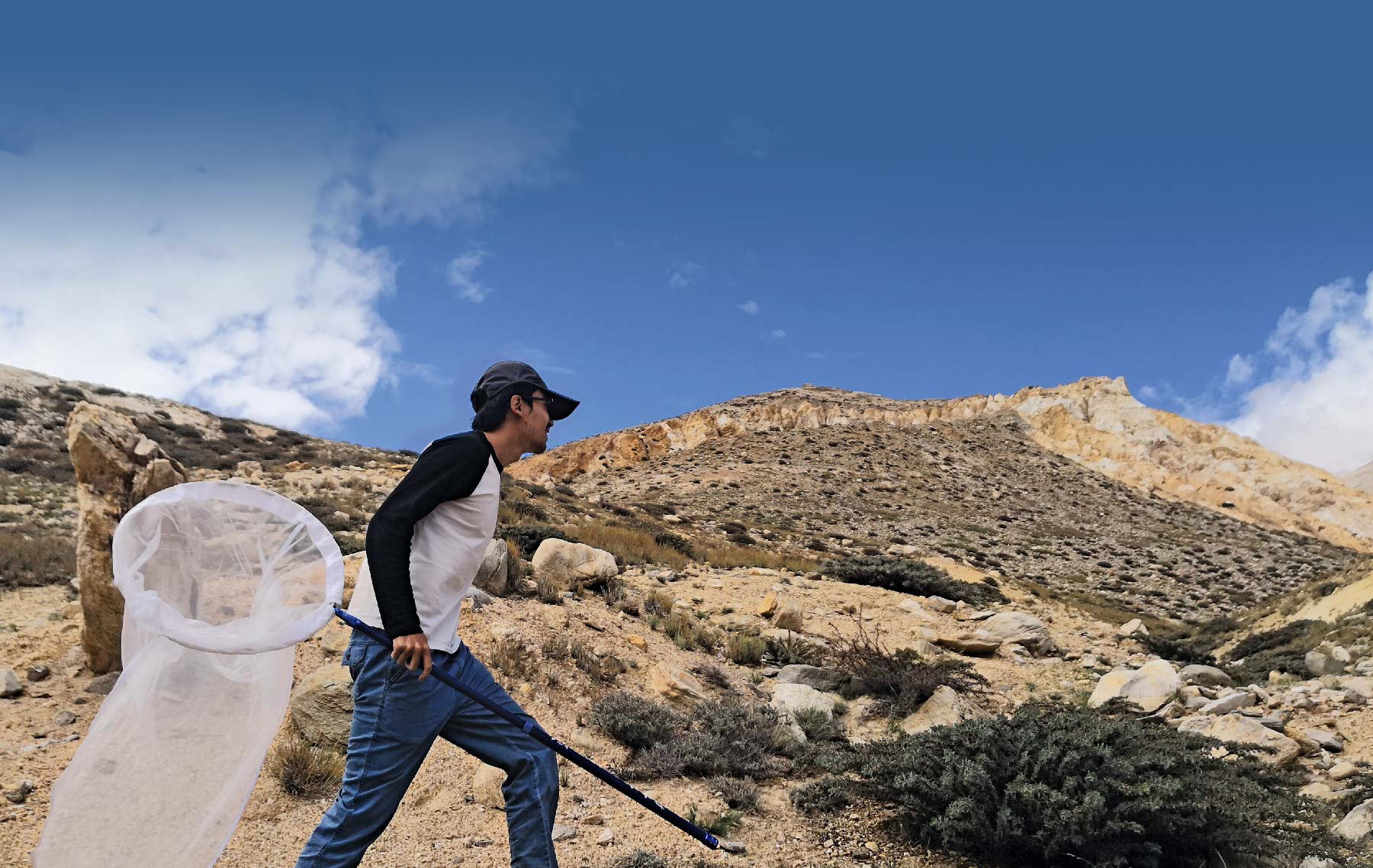
metallic green swallowtail butterfly native to Vietnam and the mountains of southern China, Teinopalpus aureus has been caught at the tangled heart of many poaching cases. Considered an endangered species, and under steady threat due to wildlife trade, it’s now guarded by law in China, receiving the same protection as the giant panda.
It also happens to be the favorite butterfly of conservation biologist Zhengyang Wang ’14, who earned his Ph.D. from Harvard University in May.
Vision Quest

by Dana Mackenzie ’79

denis Freitas

“We believe that new technology will fundamentally transform the nature of medicine,” says Alexander, CEO of a startup called Hoth Intelligence.
And some investors with deep pockets are betting on them to succeed. At this year’s Rice Business Plan Competition, billed as “the world’s largest and richest intercollegiate student startup competition,” Hoth Intelligence took second place and walked away with investments totaling more than $300,000.
class notes
class notes

Garnet Weekend
Oct. 28–29
Alumni, parents, and families are invited to attend lectures, cheer on Garnet sports teams, or simply enjoy being back on campus during this year’s homecoming and family weekend.
swarthmore.edu/GarnetWeekend
Alumni Weekend
May 26–28
Whether you are celebrating a milestone reunion (class years ending in 3 and 8) or simply looking for an excuse to come back to campus, alumni of all ages are encouraged to save the date for Alumni Weekend 2023.
swarthmore.edu/AlumniWeekend
Update your email!
Stay informed about upcoming Swarthmore events and news from campus.
swarthmore.edu/emailupdate

in memoriam
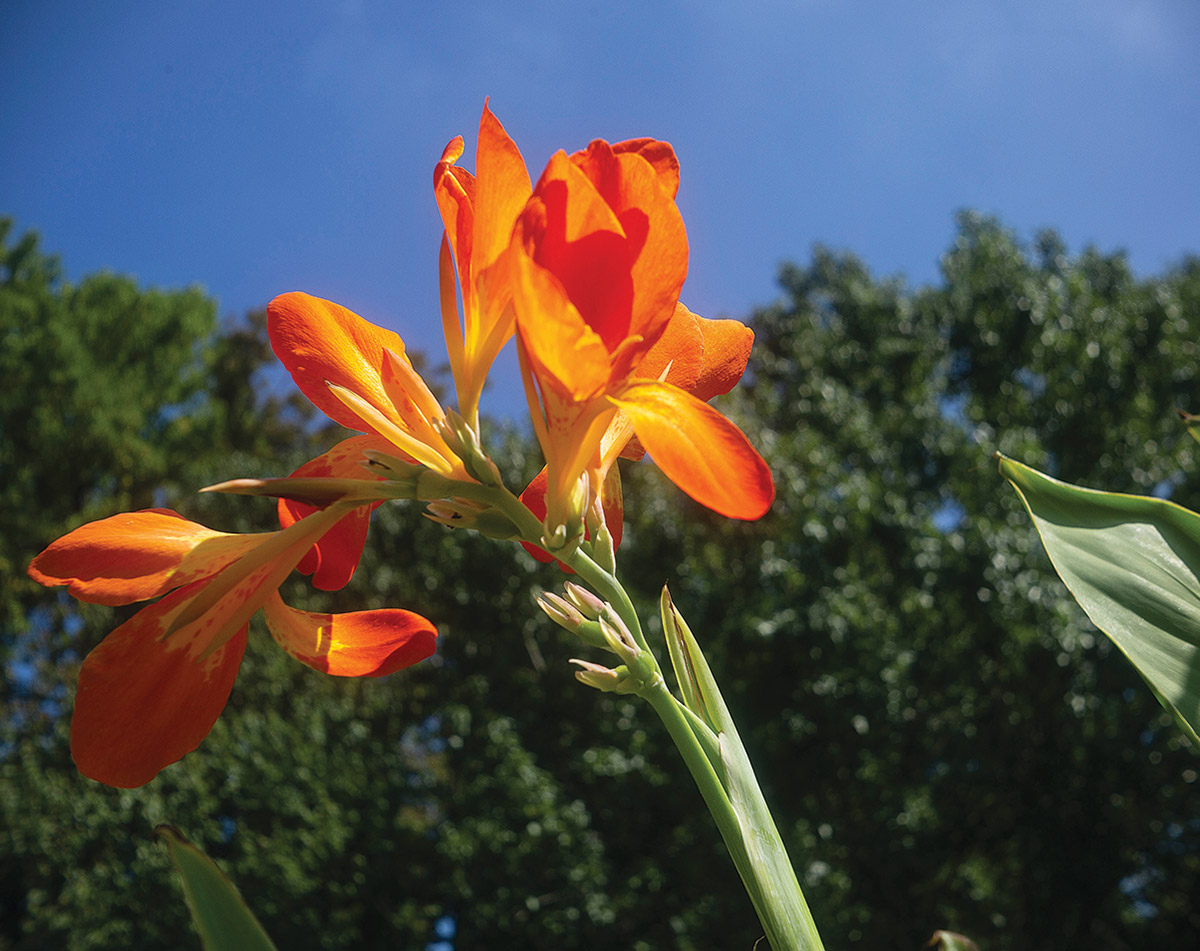
their light lives on

George, an educator, administrator, and Navy veteran, died Feb. 2, 2022.
He served in the Navy in WWII, receiving the European Theater, Good Conduct, and American Theater ribbons; Victory Medal; and V-12 Bulletin 364. He attended the College after the war and graduated from the University of Pennsylvania, where he majored in English education and minored in naval science. George worked as a teacher in Philadelphia public schools, in management at the Social Security Administration, and after retiring, was a security guard.
looking back
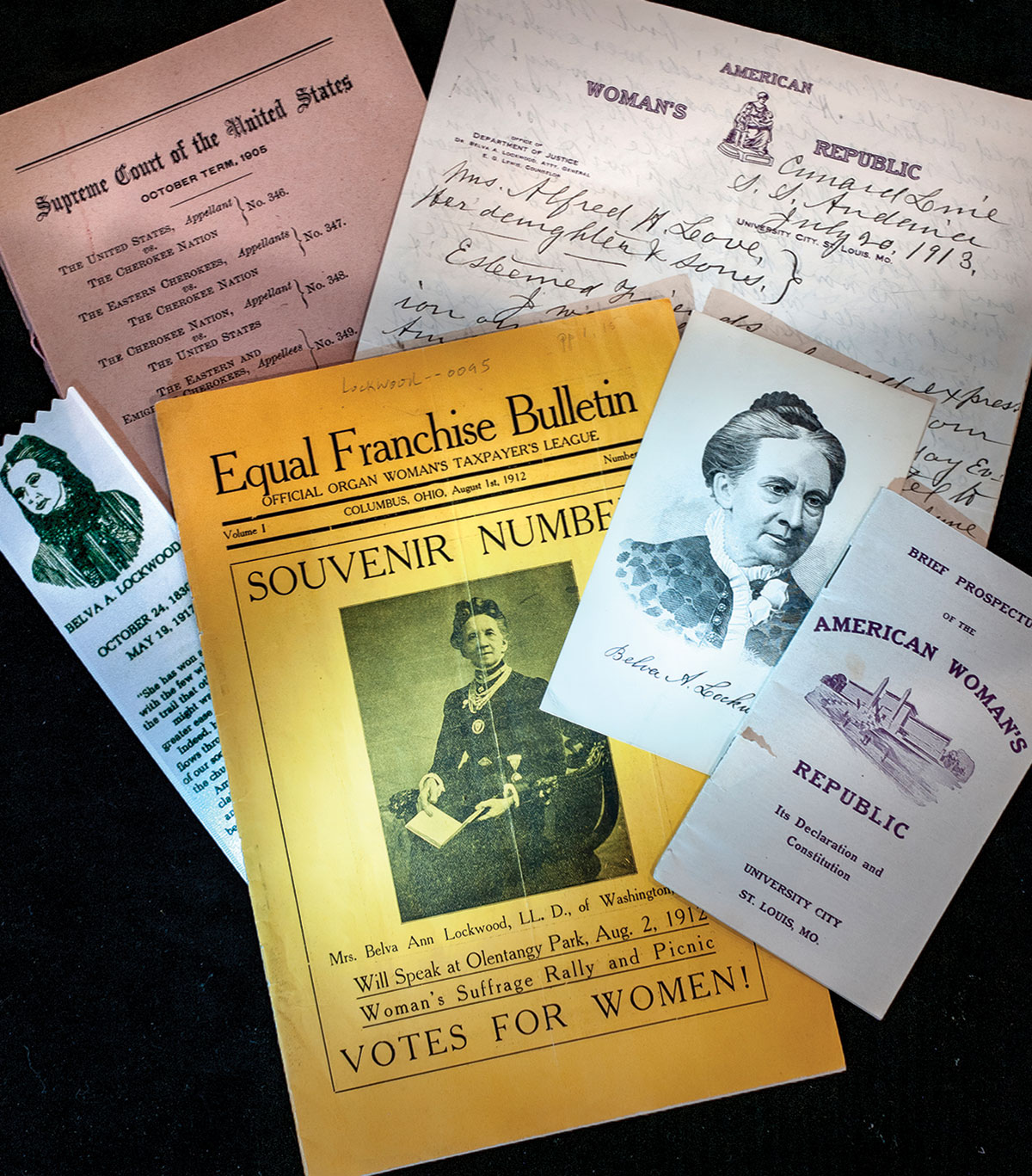
ONE OF THE JEWELS of the Swarthmore College Peace Collection’s historic manuscript collections is the papers of Belva Lockwood. She may be best-known as the first American woman to run for president*, but that’s only one of the many milestones in her long and storied career.
She returned to school after the death of her first husband, and upon graduation, became a teacher and principal at several schools for women. Later, she moved to Washington, D.C., to study and practice law. There she married the Rev. Ezekiel Lockwood, who supported her ambitions.
spoken word
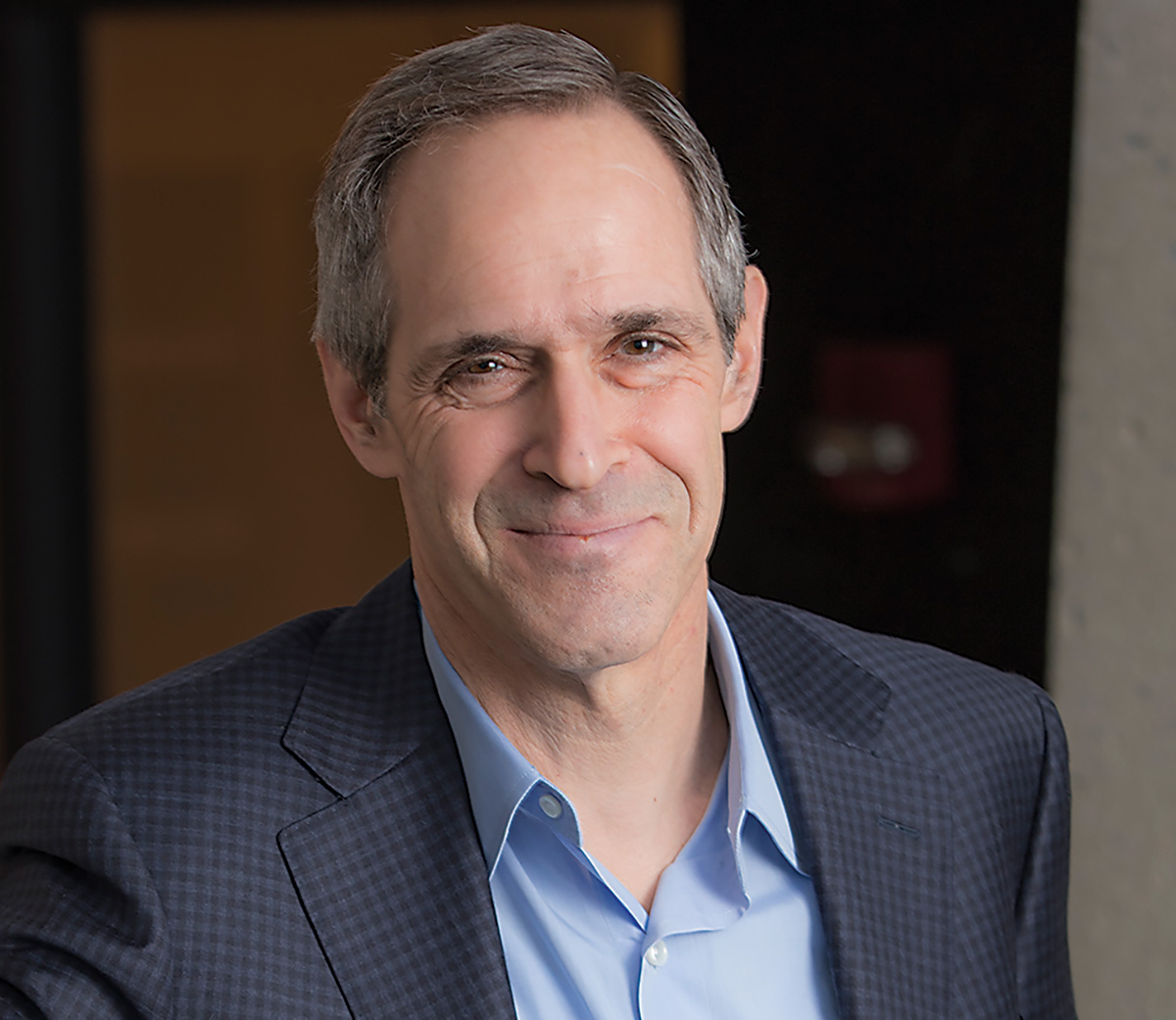
A
TRANSFORMATIVE
JOURNEY
What stands out from your time as a student?
My most memorable experience as a student was pursuing my Lang Project in Chester. I was part of the first year of Lang Scholars, and Gene Lang [Eugene Lang ’38, H’81] had included the ability and funding to implement a community-service project of our own design. Having spent time in Chester student-teaching as part of an education class, I learned about some of the challenges faced by the Chester residents. Working as part of a community group associated with one of the many churches in Chester, I designed and implemented a program to purchase and renovate homes for sale to community members. That program continues today through the Chester Community Improvement Project. As Gene expected, the learning from that experience — the progress and the setbacks — had a profound impact on me and the course of my life.
What brought you to the Board, and why was it important for you to serve?
I owe a tremendous debt to Swarthmore. My wife, Barbara Klock ’86, and I met there, and our daughter, Michaela ’16, is also a graduate. As I am sure is true for many alumni, we can each see the impact that Swarthmore has had, not just on our career paths, but on how we live our lives and serve our communities. I hope that during my time on the Board I have been able to contribute to the College that had such an impact on my life’s course.
How would you describe the impact you’ve made?
We all miss our student experience at Swarthmore. Serving on the Board has allowed me to have a close connection and perhaps experience vicariously through the students, faculty, and staff I have met the wonderful community that exists on campus. It’s important for Managers to connect with the on-campus community. I’ve tried to foster that through meetings and shared meals with both faculty members and students. I hope that I have helped my fellow Managers to gain greater insights about the needs of the College, both today and in the future, which are then reflected in the decisions the Board makes on how to utilize its resources, including the endowment.

Through the looking glass
The fall semester began with a flurry of activity as students did some heavy lifting on Move-In Day.
Back cover
Back cover



